Montessori Toys
Montessori-Why We Don’t Force Kids to Share Toys
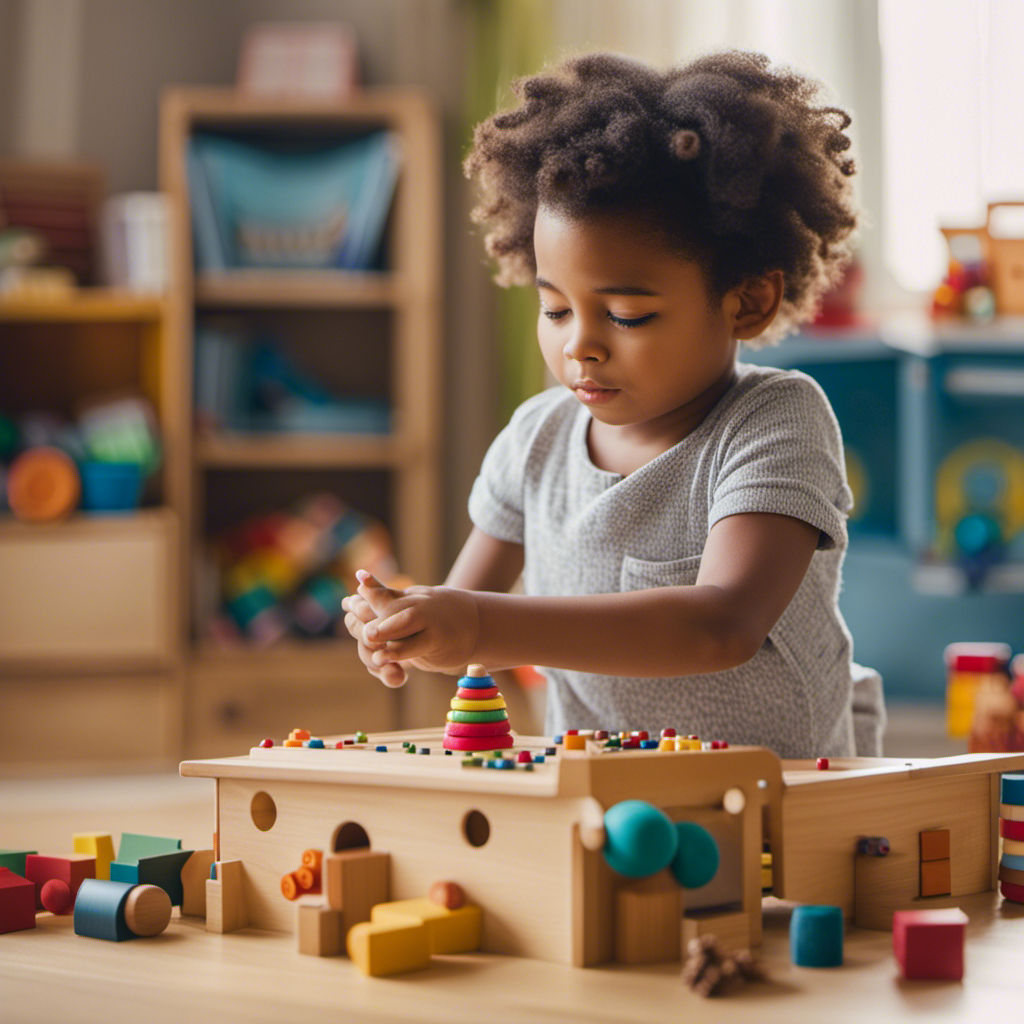
Hello!
So, you know how kids can sometimes be a bit possessive when it comes to their toys?
Well, I’m here to tell you why we don’t force them to share in a Montessori environment.
It’s all about promoting autonomy and independence, while also teaching important life skills like empathy and conflict resolution.
Trust me, the Montessori approach to toy sharing is all about fostering personal growth and development.
So, let’s dive in and explore why forcing kids to share might not be the best idea after all.
Key Takeaways
- Montessori promotes autonomy, independence, and self-expression
- Toy sharing in Montessori fosters social and emotional skills development
- Montessori encourages nurturing independence and responsibility through toy sharing
- Montessori enhances conflict resolution and communication skills
The Importance of Autonomy in Montessori
In Montessori, it’s important for you to have autonomy and make choices for yourself. The Montessori approach believes in promoting self-expression and fostering decision-making skills. Children are encouraged to explore their interests and express themselves freely.
This is done through a variety of activities and materials provided in the Montessori environment. By allowing children to choose what they want to work on, they develop a sense of independence and confidence in their abilities. They learn to make decisions based on their own interests and preferences. This autonomy helps them become self-reliant and self-motivated learners.
As we encourage children to make choices for themselves, they also learn to respect the choices of others. This sets the foundation for promoting independence in toy sharing, where children learn to negotiate, take turns, and consider the needs and wants of others.
Promoting Independence in Toy Sharing
Encouraging children to independently choose when to share their toys is a key aspect of the Montessori approach. In Montessori classrooms, promoting independence and fostering collaboration are fundamental principles.
By allowing children the freedom to decide when and how to share their toys, we empower them to develop important social and emotional skills. Instead of forcing sharing, we provide a supportive environment that encourages children to communicate, negotiate, and problem-solve with their peers.
This approach not only respects each child’s autonomy but also promotes a sense of ownership and responsibility for their belongings. It teaches children the value of empathy and helps them develop meaningful relationships based on mutual trust and understanding.
Understanding the Montessori approach to sharing goes beyond simply enforcing rules; it involves nurturing a child’s innate ability to navigate social interactions and build meaningful connections with others.
Understanding the Montessori Approach to Sharing
By allowing your child the freedom to decide when and how to share their toys, you empower them to develop important social and emotional skills. In the Montessori approach, we believe in promoting self-expression and encouraging problem-solving through independent decision-making.
Here are five reasons why this approach is beneficial for your child’s development:
- Fosters a sense of ownership and responsibility for their belongings
- Builds confidence and self-esteem as they make choices and solve conflicts
- Enhances their communication skills by learning to express their needs and desires
- Teaches empathy and understanding as they navigate sharing with others
- Develops critical thinking and problem-solving abilities in finding fair solutions
By prioritizing these skills, we create an environment that supports your child’s holistic growth.
Now, let’s delve into another aspect of the Montessori method – encouraging respect for personal space.
Encouraging Respect for Personal Space in Montessori
Respecting personal space in the Montessori approach allows your child to develop a strong sense of boundaries and autonomy. By promoting personal boundaries, the Montessori method recognizes the importance of honoring each child’s individuality and self-expression.
In a Montessori environment, children are encouraged to explore their surroundings and engage in activities at their own pace, while also respecting the personal space of others. This fosters a sense of independence and self-confidence, as children learn to navigate their surroundings and interact with others in a respectful manner.
As children grow and develop in this environment, they begin to understand the importance of personal space and boundaries, which sets the foundation for healthy relationships and social interactions.
Now, let’s explore how the Montessori approach further supports the development of empathy and emotional intelligence through toy sharing.
Developing Empathy and Emotional Intelligence Through Toy Sharing
When you share toys with others, you are developing empathy and emotional intelligence. This act of sharing teaches us to consider the feelings and needs of others, helping us build strong social skills and promoting emotional growth.
Here are four ways in which toy sharing can evoke an emotional response:
-
Kindness: Sharing toys shows kindness towards others, fostering a sense of compassion and understanding.
-
Empathy: By sharing toys, we learn to put ourselves in someone else’s shoes, developing the ability to understand and share their feelings.
-
Patience: Sharing requires waiting for our turn, teaching us patience and self-control.
-
Cooperation: Sharing toys encourages cooperation and teamwork, as we learn to play together harmoniously.
Building Social Skills Through Self-Directed Toy Sharing
Engaging in self-directed toy sharing helps children build social skills and emotional intelligence.
When children are given the freedom to choose when and with whom they share their toys, they are actively participating in self-directed learning. Through this process, they begin to understand the importance of taking turns, negotiating, and compromising with others.
These experiences contribute to their social development by teaching them how to interact and communicate effectively with their peers.
By allowing children to make their own decisions about sharing, we are also nurturing their sense of ownership and responsibility with toys.
This will be further explored in the subsequent section, where we discuss the benefits of fostering a sense of ownership and responsibility in children when it comes to their toys.
Nurturing a Sense of Ownership and Responsibility With Toys
Taking ownership of their toys and being responsible for their care allows children to develop a sense of pride and independence. When children have a sense of ownership, they feel a deeper connection to their belongings. They learn to value and take care of their toys because they understand that they are responsible for them. This sense of ownership fosters a sense of responsibility as well.
Children learn that they must take care of their toys and keep them in good condition. They also learn to clean up after themselves and put their toys away when they are done playing. This sense of responsibility extends beyond just their toys and can be applied to other areas of their lives. It is an important skill that will benefit them as they grow older.
Fostering Collaboration and Cooperation in Montessori Environments
To foster collaboration and cooperation in Montessori environments, you can encourage children to work together towards common goals. By providing opportunities for group activities and projects, children can develop social skills and learn how to effectively communicate and cooperate with their peers.
In these collaborative settings, children are encouraged to share their ideas, listen to others, and work together to solve problems. This not only promotes a sense of community within the classroom but also helps children develop important life skills that will benefit them in the future.
By fostering collaboration in Montessori environments, children learn the value of teamwork and the importance of respecting and appreciating the contributions of others.
Transitioning to the next section, exploring the role of observation in toy sharing, we can see how children can learn from observing others’ interactions and behaviors.
Exploring the Role of Observation in Toy Sharing
By observing how their peers share toys, children can learn important social skills and develop a greater understanding of cooperation and empathy. Through the role of observation, children in Montessori environments have the opportunity to witness firsthand the benefits of unstructured play and the positive effects it has on their social development. Here are three key benefits of observing toy sharing among peers:
-
Learning by Example: By watching others share toys, children learn how to take turns, negotiate, and compromise, which are essential skills for navigating social interactions.
-
Developing Empathy: Observation allows children to understand and empathize with the feelings and needs of others, fostering a sense of compassion and understanding.
-
Building Communication Skills: By observing how their peers communicate and collaborate during toy sharing, children can improve their own communication skills, learning to express their needs and desires effectively.
Through observation, children gain valuable insights into the importance of toy sharing and the skills it helps them develop. This lays the foundation for supporting individual development and growth through toy sharing, as we will explore in the subsequent section.
Supporting Individual Development and Growth Through Toy Sharing
When you observe your peers sharing toys, you can learn valuable lessons about cooperation, empathy, and communication. Encouraging self-expression through toy sharing allows children to express their individuality and preferences.
By sharing toys, children have the opportunity to showcase their interests and talents, fostering a sense of identity and self-esteem. Additionally, toy sharing supports problem-solving skills as children navigate sharing resources, negotiating playtime, and resolving conflicts that may arise. Through these experiences, children develop critical thinking abilities and learn to find mutually beneficial solutions.
As they communicate their needs and desires, they also learn to listen and empathize with others, building essential social and emotional skills. Transitioning to addressing conflict resolution in Montessori toy sharing, it is important to create a supportive environment that encourages children to navigate conflicts independently.
Addressing Conflict Resolution in Montessori Toy Sharing
Teaching empathy through sharing is an essential aspect of promoting social and emotional development in children. By encouraging them to share their toys and belongings, we can help them develop an understanding and appreciation for the feelings and needs of others.
At the same time, it is crucial to respect their individual autonomy in sharing, allowing them to decide when and how they want to share. This approach promotes cooperation and communication among children, fostering a positive and inclusive learning environment.
Teaching Empathy Through Sharing
If you want to teach empathy, encourage children to share toys willingly, rather than forcing them to do so. This approach promotes independence and allows children to develop their own sense of empathy through personal experiences.
Here are some key points to consider when teaching empathy through sharing:
-
Create a supportive environment:
-
Foster a sense of community where children feel safe to express their emotions and needs.
-
Encourage open communication, active listening, and problem-solving skills.
-
Model empathetic behavior:
-
Demonstrate empathy by acknowledging and validating children’s feelings.
-
Use language that promotes understanding and empathy, such as ‘How do you think your friend feels when you share with them?’
Individual Autonomy in Sharing
Encouraging voluntary sharing empowers children to develop their own empathy skills and promotes individual autonomy in sharing.
When it comes to sharing, there is often a tension between autonomy and conformity. On one hand, children should be able to make choices about sharing based on their own needs and desires. On the other hand, societal expectations play a role in teaching children the importance of sharing and considering the needs of others.
Balancing these two aspects is crucial in fostering a healthy understanding of sharing. By allowing children to make their own decisions about sharing, they learn to navigate this delicate balance. This not only promotes their autonomy but also helps them develop a sense of empathy towards others.
Ultimately, by empowering children to make their own choices in sharing, we set the stage for promoting cooperation and communication without imposing strict rules.
Promoting Cooperation and Communication
Promoting cooperation and communication among children is essential for creating a harmonious and inclusive sharing environment. In a Montessori setting, the focus is on developing problem-solving skills and promoting social interaction. By encouraging children to work together and communicate effectively, they learn the importance of collaboration and empathy.
One effective way to foster cooperation and communication is through structured activities that require teamwork. For example, a simple activity like building a tower using blocks can teach children the value of sharing ideas, taking turns, and listening to others. This not only enhances their problem-solving abilities but also strengthens their social skills.
To illustrate this, here is a table showcasing the benefits of promoting cooperation and communication:
| Benefits of Promoting Cooperation and Communication |
|---|
| Develops problem-solving skills |
| Enhances social interaction |
| Encourages empathy |
| Fosters teamwork |
| Improves communication skills |
Embracing the Benefits of Unstructured Play and Toy Sharing in Montessori
Embracing the benefits of unstructured play and toy sharing in Montessori allows children to develop important social skills and learn at their own pace.
-
Enhanced creativity: Unstructured play allows children to use their imagination and think outside the box. They can create their own games and scenarios, fostering creativity and problem-solving skills.
-
Improved communication: When children engage in unstructured play, they have the opportunity to interact with their peers, negotiate, and express their thoughts and feelings. This promotes effective communication skills and the ability to navigate social interactions.
-
Increased empathy: Toy sharing in Montessori encourages children to understand and respect the feelings and needs of others. They learn to take turns, compromise, and practice empathy, which are vital skills for building positive relationships.
-
Independent learning: Unstructured play gives children the freedom to explore and discover on their own. They can choose activities that interest them, leading to self-motivated learning and a sense of autonomy.
Frequently Asked Questions
What Are Some Strategies for Promoting Independence in Toy Sharing in Montessori?
Promoting independence and fostering autonomy in toy sharing is essential in Montessori. By allowing children the freedom to choose when and with whom they share their toys, we empower them to develop their own sense of ownership and responsibility.
Encouraging open communication and teaching conflict resolution skills also play a crucial role. Montessori believes that forcing kids to share can hinder their development and understanding of boundaries, so instead, we focus on guiding and supporting their growing independence.
How Does the Montessori Approach to Sharing Differ From Traditional Approaches?
In the Montessori approach, sharing is seen as a natural development rather than something that should be forced upon children. Unlike traditional approaches, which may emphasize the need for children to share their toys, Montessori encourages independence and autonomy in play.
How Can Montessori Environments Encourage Respect for Personal Space During Toy Sharing?
Promoting autonomy and teaching boundaries are key in Montessori environments when it comes to toy sharing. By respecting personal space, children are encouraged to develop a sense of ownership and responsibility over their belongings.
Instead of forcing kids to share, we focus on teaching them to take turns and negotiate with their peers. This approach fosters empathy and understanding, as children learn to respect each other’s boundaries and develop important social skills that will benefit them throughout their lives.
What Are Some Ways That Toy Sharing in Montessori Can Help Develop Empathy and Emotional Intelligence?
Developing empathy through sharing toys in Montessori can have a profound impact on a child’s emotional intelligence. By allowing children to freely choose when and how they share, they learn to understand and respect the feelings of others.
This process helps them develop empathy, as they begin to recognize that their actions can affect others’ happiness.
In addition, engaging in cooperative play and problem-solving during shared playtime can further enhance their emotional intelligence by teaching them valuable skills like communication, negotiation, and compromise.
What Are the Benefits of Unstructured Play and Toy Sharing in Montessori?
The benefits of unstructured play and toy sharing are numerous.
Unstructured play allows children to explore their creativity and problem-solving skills, fostering independence and self-confidence. It also promotes social skills, as children learn to navigate conflicts and negotiate with their peers.
Additionally, allowing individual autonomy in toy sharing teaches children the importance of respecting others’ possessions and boundaries.
Conclusion
In conclusion, the Montessori approach to toy sharing highlights the importance of autonomy and independence in a child’s development. By allowing children to choose when and with whom they want to share their toys, we are promoting a sense of respect for personal space and fostering empathy and emotional intelligence.
Just like a river flowing effortlessly, Montessori embraces the benefits of unstructured play and toy sharing, allowing children to grow and develop at their own pace.
Tina is the heart and soul behind Toddler Ride On Toys. With a passion for early childhood education and a deep understanding of child development, Tina ensures that every piece of content on our website reflects our commitment to playful learning. Her expertise in Montessori, Preschool, STEM, and Waldorf education philosophies helps shape our website into a valuable resource for parents, caregivers, and educators.
Montessori Toys
3 Best Safe Non-Toxic Materials for Children’s Toys

Our research has identified the top three materials for children’s toys that are safe and free from toxins.
Wood, organic cotton, and BPA-free plastic are the best choices for parents who want to ensure the safety of their little ones.
These materials are not only free from harmful chemicals, but they are also durable and eco-friendly.
In this article, we will delve into the benefits of each material and provide recommendations for the best toys made from them.
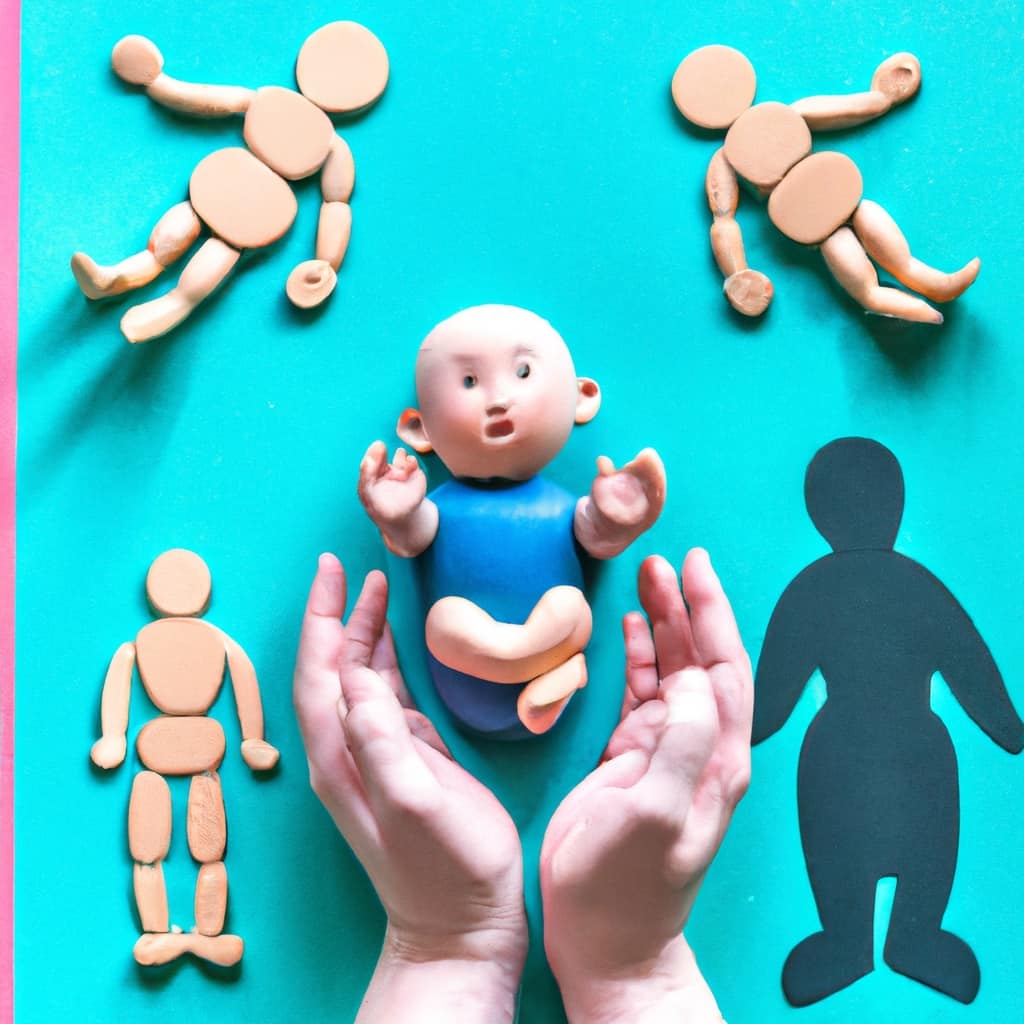
Key Takeaways
- Wood is a durable and long-lasting material, making it a safe and non-toxic option for children’s toys.
- Organic cotton is a gentle and hypoallergenic material that promotes a healthier environment and supports fair trade practices.
- BPA-free plastic eliminates the risk of exposure to harmful chemicals and provides peace of mind for parents.
- Toys made from wood and organic cotton have a long lifespan and can be passed down to future generations, making them a sustainable and eco-friendly choice.
Wood
Wood is one of our favorite materials for children’s toys due to its durability and natural beauty. Wooden puzzles and wooden building blocks are classic toys that provide endless hours of entertainment and educational value for children.
Wooden puzzles aren’t only fun to play with, but they also help develop problem-solving and fine motor skills. They come in various shapes and sizes, catering to different age groups.
Wooden building blocks, on the other hand, encourage creativity and imagination. Children can build structures, towers, and even create their own mini worlds using these blocks.
Wood is a safe and non-toxic material, making it ideal for children’s toys. Its sturdy nature ensures that these toys can withstand rough play and last for years, making them a great investment for both parents and caregivers.
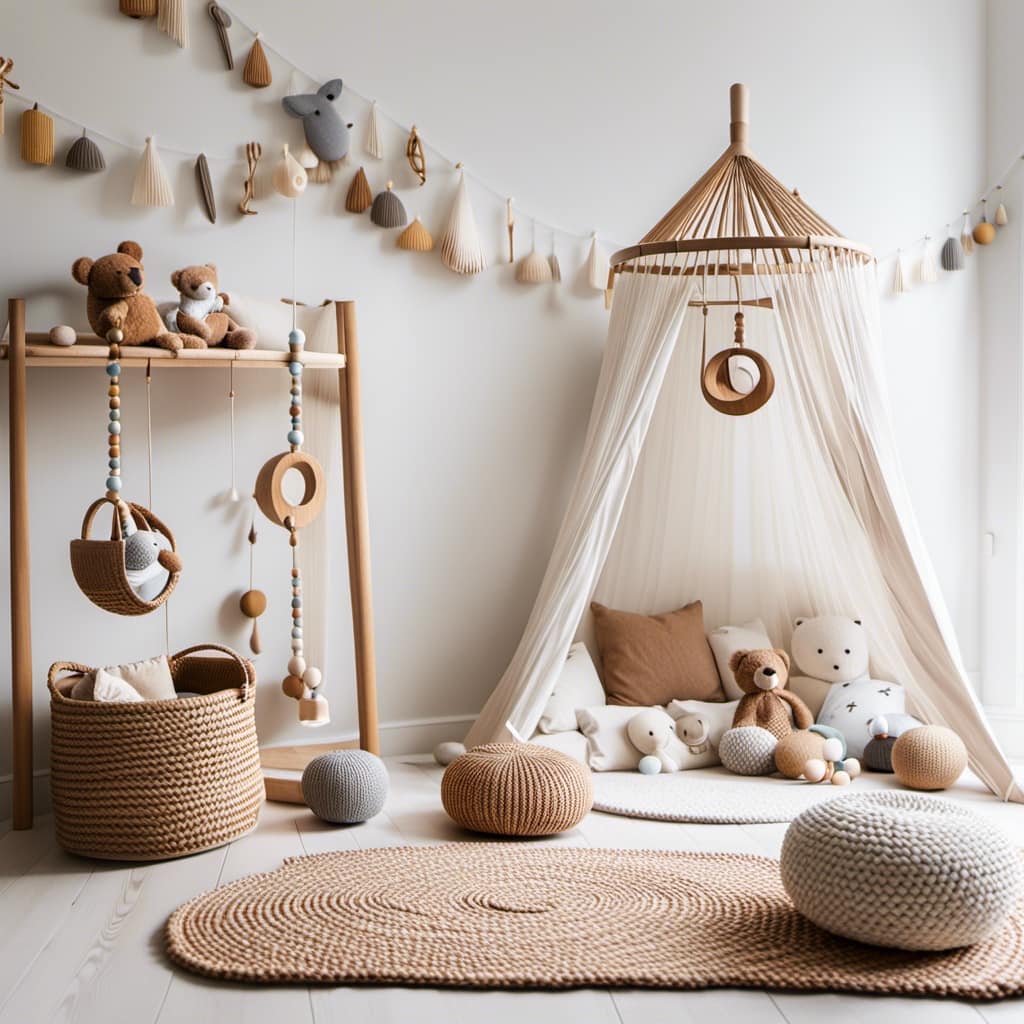
Organic Cotton
Moving on from wood, another excellent safe and non-toxic material for children’s toys is organic cotton. Organic cotton toys offer several benefits for both children and the environment. Here are some key points to consider:
- Chemical-free: Organic cotton is grown without the use of harmful pesticides or synthetic fertilizers, making it a safer option for children to play with.
- Hypoallergenic: Organic cotton is gentle on sensitive skin, making it suitable for children with allergies or sensitivities.
- Sustainable: Organic cotton farming practices promote soil health and biodiversity, reducing the overall impact on the environment.
The impact of organic cotton farming on the environment is significant. By avoiding the use of harmful chemicals, it helps preserve soil quality, reduces water pollution, and protects wildlife. Additionally, organic cotton production supports fair trade practices and ensures a safer working environment for farmers.
Choosing organic cotton toys not only promotes child safety but also contributes to a healthier planet for future generations.
BPA-Free Plastic
One option to consider for safe and non-toxic children’s toys is BPA-free plastic. BPA, or bisphenol A, is a chemical commonly found in plastic products that has been linked to various health risks, especially in children. BPA can leach out of plastic toys and enter the body when children put them in their mouths or handle them extensively.
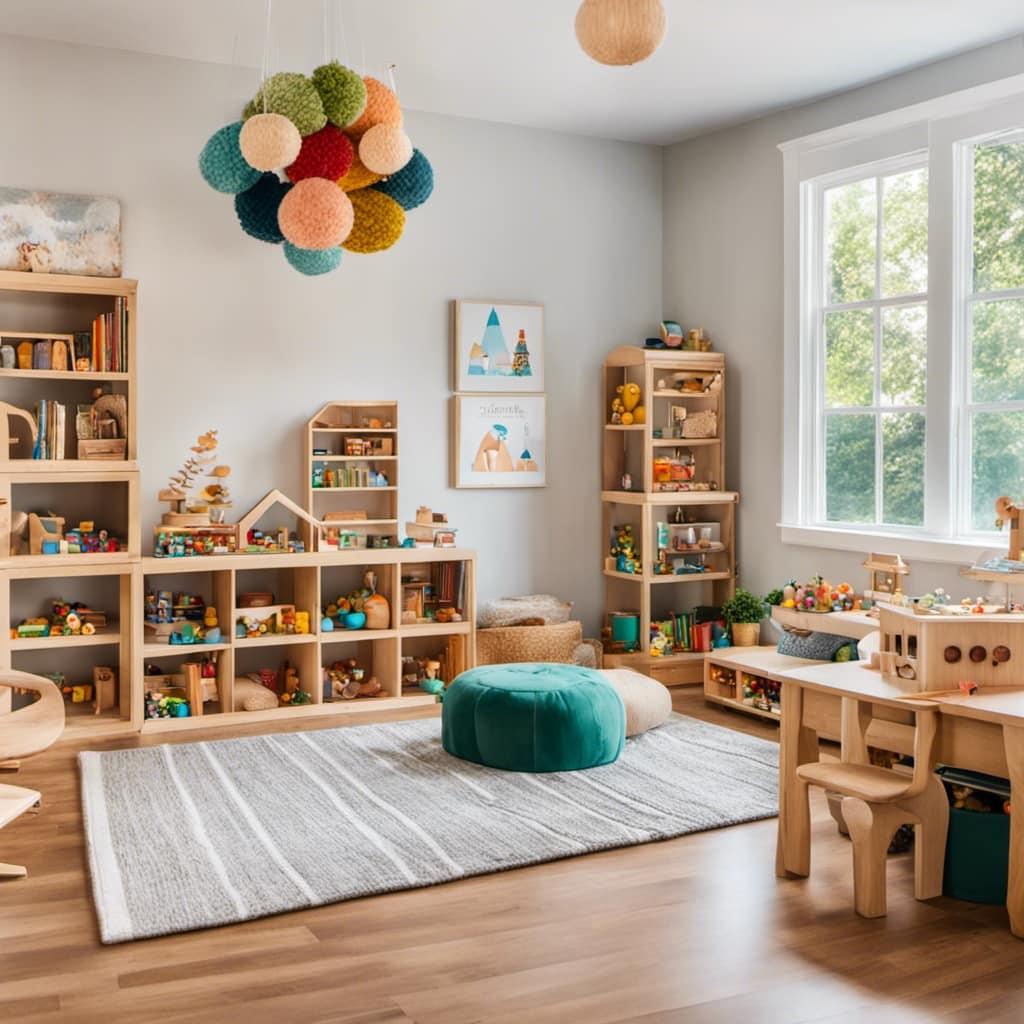
To address these concerns, manufacturers have started producing toys made from BPA-free plastic, which eliminates the risk of exposure to this harmful chemical. These eco-friendly alternatives provide parents with peace of mind, knowing that their children can play with toys that are safe and non-toxic.
When choosing children’s toys, it’s important to prioritize their health and well-being by opting for BPA-free plastic options.
Frequently Asked Questions
Are There Any Specific Safety Standards or Certifications That Parents Should Look for When Purchasing Wooden Toys for Their Children?
When purchasing wooden toys for our children, it’s important to look for safety standards and certifications. Reading labels helps ensure non-toxic materials. Be cautious of toxic finishes or paints that pose potential risks.
Is Organic Cotton Used as a Stuffing Material in Plush Toys Completely Free of Chemicals and Pesticides?
Organic cotton toys: Are they truly chemical free and safe? We’ve got the scoop. Choosing organic cotton for your little ones means you’re opting for a safer, non-toxic playtime experience.
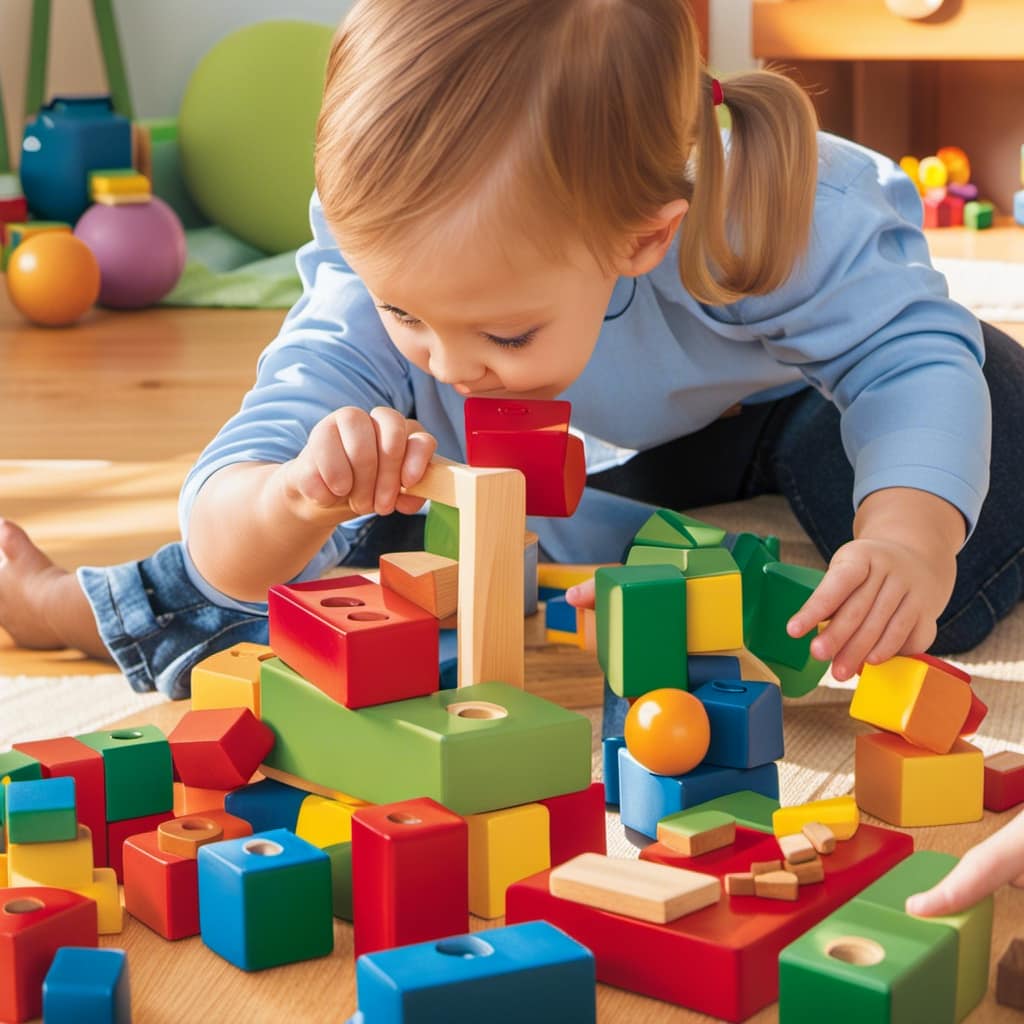
Can Bpa-Free Plastic Toys Still Contain Other Potentially Harmful Chemicals?
Yes, BPA-free plastic toys may still contain other potentially harmful chemicals. To minimize concerns about chemical exposure, consider alternative materials for children’s toys, such as wooden or organic cotton options, which are eco-friendly.
How Can Parents Ensure That the Wooden Toys They Purchase Are Not Treated With Toxic Finishes or Paints?
Parents play a vital role in promoting safe play for their children. Understanding the importance of non-toxic toys is crucial. To ensure wooden toys are safe, research brands that prioritize natural, non-toxic finishes and paints.
Are There Any Potential Health Risks Associated With the Use of Organic Cotton Toys, Such as Allergies or Sensitivities?
There may be potential health risks associated with organic cotton toys, such as allergies or sensitivities. It’s important for parents to be aware and consider any potential reactions when choosing toys for their children.
Conclusion
In conclusion, when it comes to choosing safe and non-toxic materials for children’s toys, nothing beats the timeless charm of wood. Its durability and natural beauty make it a perfect choice for little ones.

Additionally, organic cotton provides a soft and chemical-free option for cuddly toys.
And let’s not forget about BPA-free plastic, which offers a safe and sturdy alternative for certain toys.
With these top three materials, you can ensure that your child’s toys are both fun and safe.
Mila, a gifted writer with a heart brimming with enthusiasm for child development and playful learning, is the creative force behind the enchanting narratives and insightful articles that grace Toddler Ride On Toys. With a background in early childhood education and a genuine passion for nurturing young minds, Mila weaves words that captivate, educate, and inspire parents, caregivers, and educators.
Montessori Toys
Top 5 Quality Producers of Learning Toys

We have searched the market to bring you the top educational toy manufacturers. These five companies excel in creating toys that are educational and engaging for children.
Melissa & Doug, PlanToys, Hape, Grimm’s, and Learning Resources have all earned their spots on our prestigious list. Get ready to discover the finest quality toys that will inspire learning and imagination in your little ones.
Let’s dive into the world of these outstanding producers and explore their exceptional creations.
Key Takeaways
- Melissa & Doug, PlanToys, Hape, Grimm’s, and Learning Resources are the top producers of learning toys.
- These brands prioritize sustainability, using organic materials, non-toxic dyes, and child-safe finishes.
- The learning toys offered by these brands stimulate cognitive, physical, and social skills, as well as creativity and problem-solving abilities.
- Incorporating learning resources in early childhood education enhances problem-solving skills, critical thinking abilities, effective communication, creativity, and independent exploration.
Melissa & Doug
The article discusses the quality of learning toys produced by Melissa & Doug. Melissa & Doug is a renowned brand that offers a wide range of learning toys for early childhood development. These toys provide numerous benefits for children’s learning and development.
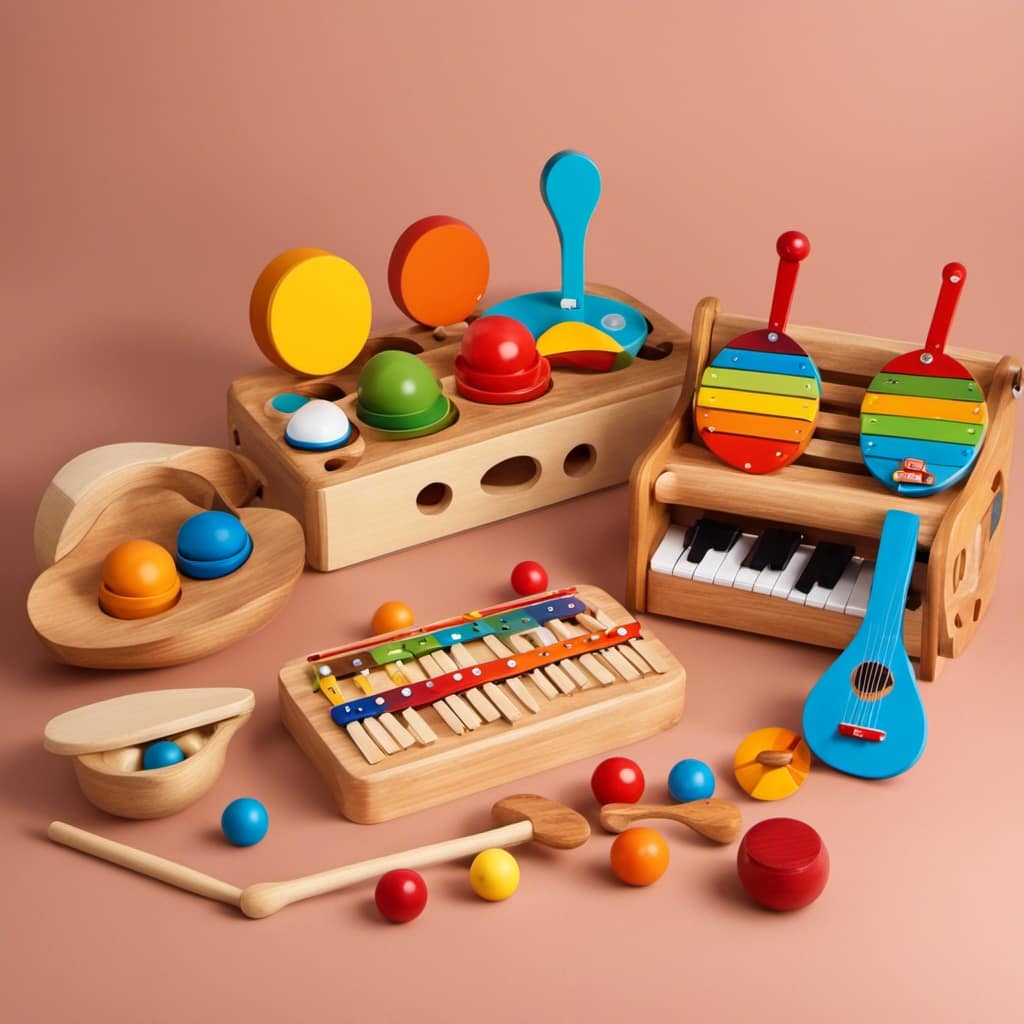
One of the key advantages of Melissa & Doug learning toys is their ability to promote imaginative play. Through imaginative play, children can explore their creativity, problem-solving skills, and social interactions. These toys encourage children to use their imagination, which is crucial for their cognitive and emotional growth.
Melissa & Doug toys are designed to engage children in hands-on activities, allowing them to learn through exploration and play. Transitioning into the subsequent section about plantoys, it’s important to consider the different approaches and features offered by various toy producers.
PlanToys
Introducing PlanToys, a leading producer of learning toys that prioritize sustainability and child development. PlanToys is known for their eco-friendly toys and sustainable play options, making them a top choice for environmentally conscious parents.
PlanToys takes pride in their commitment to using organic materials and non-toxic dyes in their products. They also prioritize sustainable manufacturing practices, ensuring that their toys are made in an environmentally friendly manner.
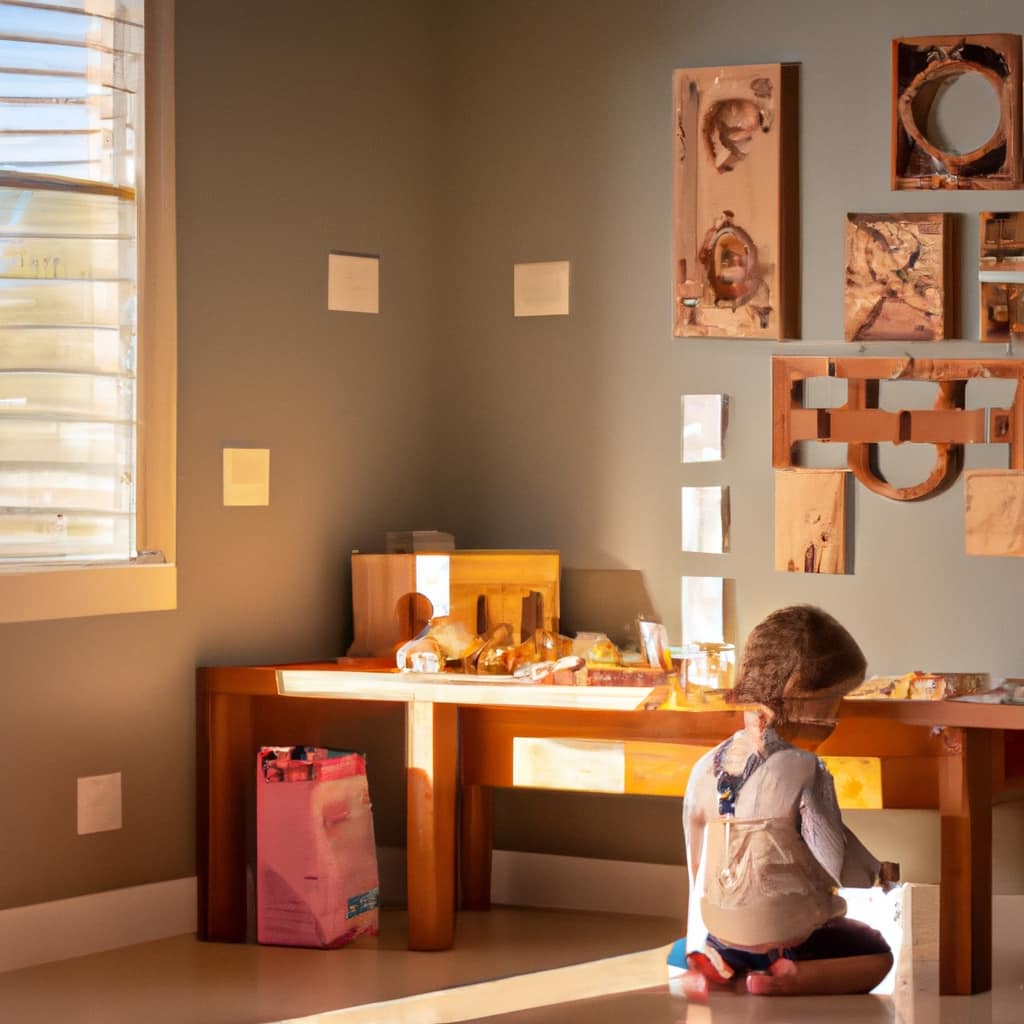
One of the key features of PlanToys is their focus on child development. Their toys are designed to stimulate different aspects of a child’s growth, including cognitive, physical, and social skills. From building blocks to puzzles, PlanToys offers a wide range of options that encourage creativity, problem-solving, and imagination.
With their dedication to sustainability and child development, PlanToys is a brand that not only provides high-quality learning toys, but also contributes to a better future for our planet.
Hape
Continuing our exploration of top quality producers of learning toys, let’s now turn our attention to Hape, a brand that shares a similar commitment to sustainability and child development.
Hape is known for their innovative learning toys that engage children in interactive play while promoting their cognitive, physical, and social development.
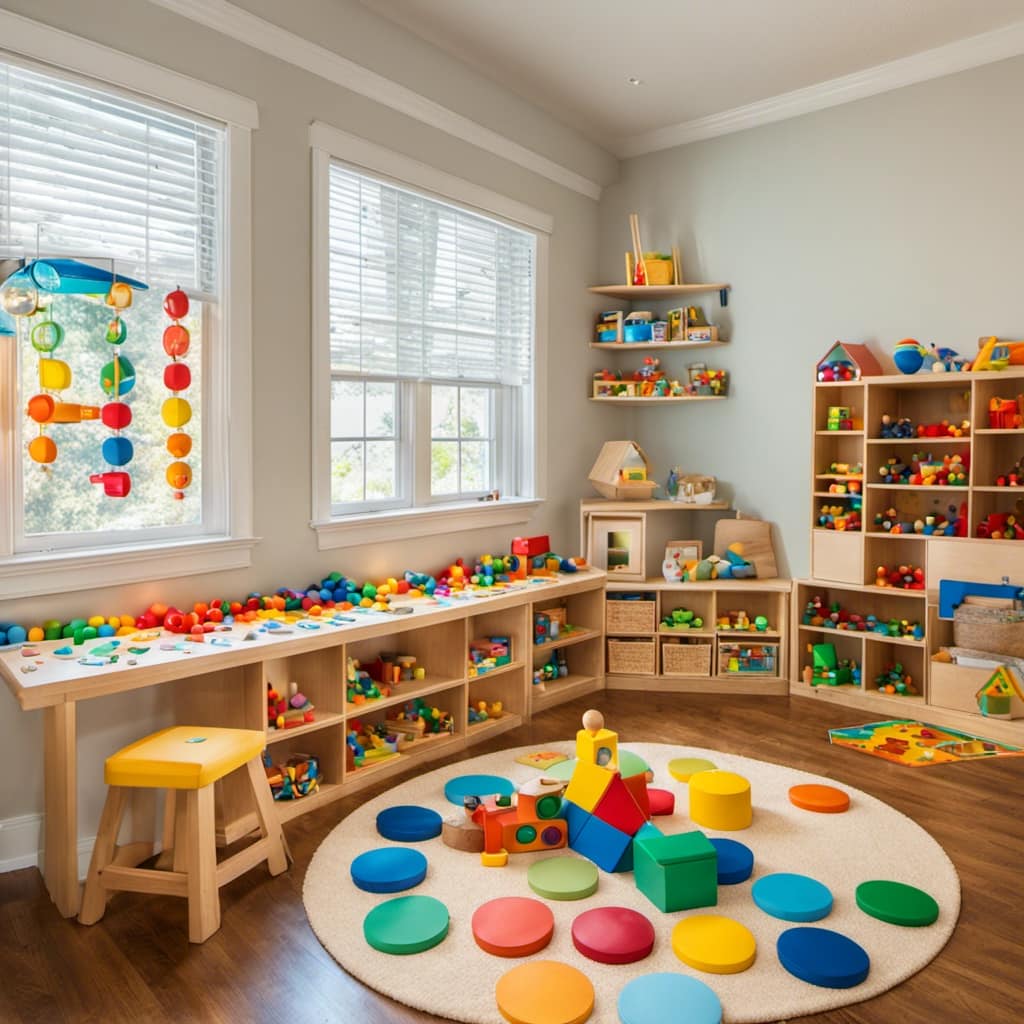
Hape offers a wide range of toys that cater to various age groups and developmental stages. From wooden puzzles and building blocks to musical instruments and pretend play sets, Hape toys provide endless opportunities for children to explore, learn, and grow.
What sets Hape apart is their dedication to using sustainable materials and non-toxic, child-safe finishes. Their toys are designed to withstand years of play, ensuring durability and longevity. Additionally, Hape toys encourage creativity, problem-solving skills, and imaginative play, fostering a well-rounded development in children.
With Hape’s innovative learning toys, children can have fun while acquiring essential skills and knowledge. By investing in Hape toys, parents can provide their children with the tools they need to thrive and succeed.
Grimm’s
Now let’s delve into Grimm’s, another quality producer of learning toys that complements Hape’s commitment to sustainability and child development.
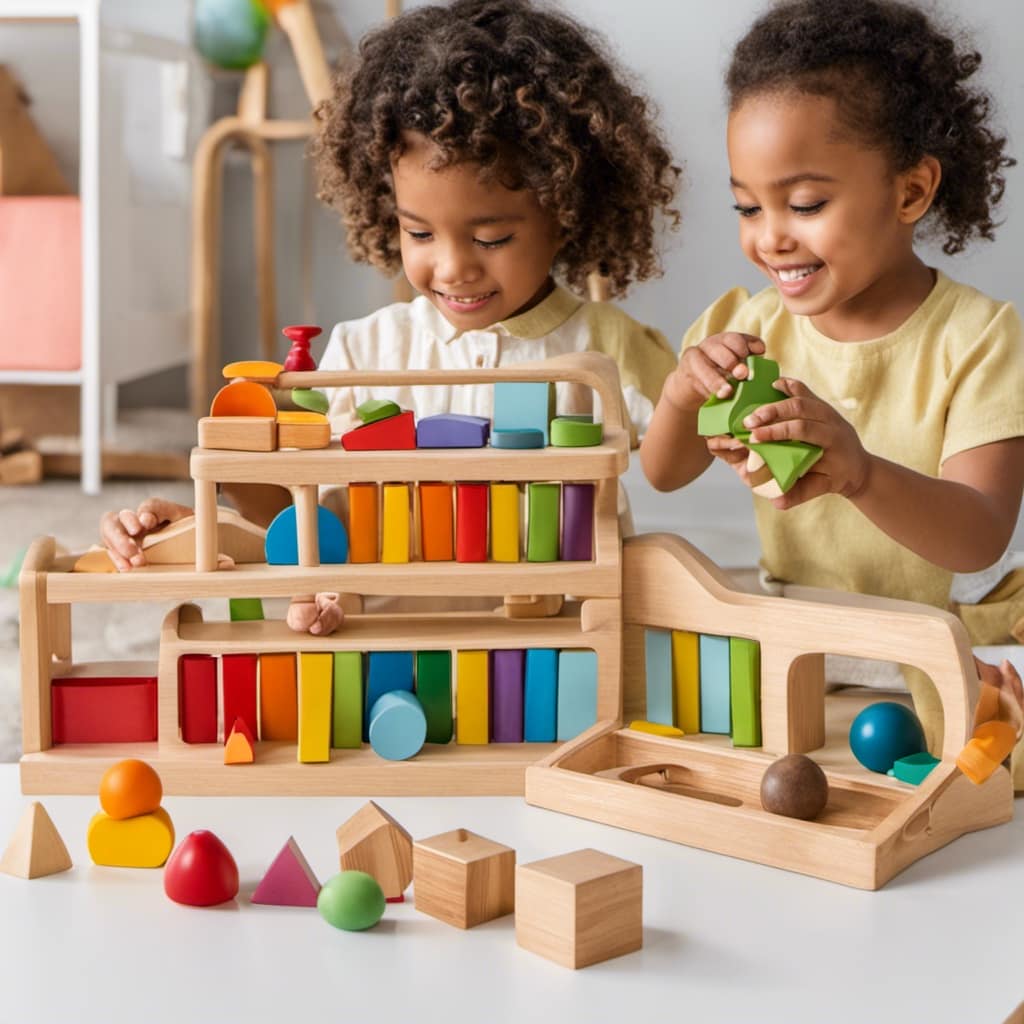
Grimm’s is renowned for their unique wooden toys that promote imaginative play and open-ended learning. Here are some key benefits of Grimm’s toys:
-
Encourages Creativity: Grimm’s toys are designed to inspire children’s creativity and imagination. With their vibrant colors and versatile shapes, children can explore endless possibilities and create their own stories and scenarios.
-
Enhances Problem-Solving Skills: The open-ended nature of Grimm’s toys encourages children to think critically and find solutions to different challenges. Whether it’s building structures or creating intricate patterns, children develop problem-solving skills while having fun.
-
Promotes Fine Motor Skills: Manipulating and arranging the various wooden pieces in Grimm’s toys helps children refine their fine motor skills. From stacking blocks to arranging puzzles, these toys provide hands-on experiences that strengthen hand-eye coordination and dexterity.

-
Sustainable and Eco-Friendly: Grimm’s is committed to sustainability and uses high-quality, natural materials such as wood and non-toxic paints. Their toys are ethically produced, ensuring a safe and eco-friendly playtime experience for children.
Grimm’s toys offer a world of possibilities for children, fostering their development while providing endless hours of engaging play.
Learning Resources
Learning Resources provides a wide range of educational toys and materials designed to enhance children’s learning experiences. Incorporating learning resources in early childhood education offers numerous benefits. These resources help children develop essential skills such as problem-solving, critical thinking, communication, and creativity. They also promote cognitive development, improve fine motor skills, and enhance hand-eye coordination. By engaging with learning toys, children are encouraged to explore, experiment, and discover new concepts independently.
Choosing the right learning toys for your child’s development is crucial. Consider their age, interests, and developmental stage. Look for toys that are age-appropriate and align with their learning goals. Consider toys that encourage imaginative play, promote sensory exploration, and offer hands-on learning experiences. Look for toys that are durable, safe, and made from high-quality materials.
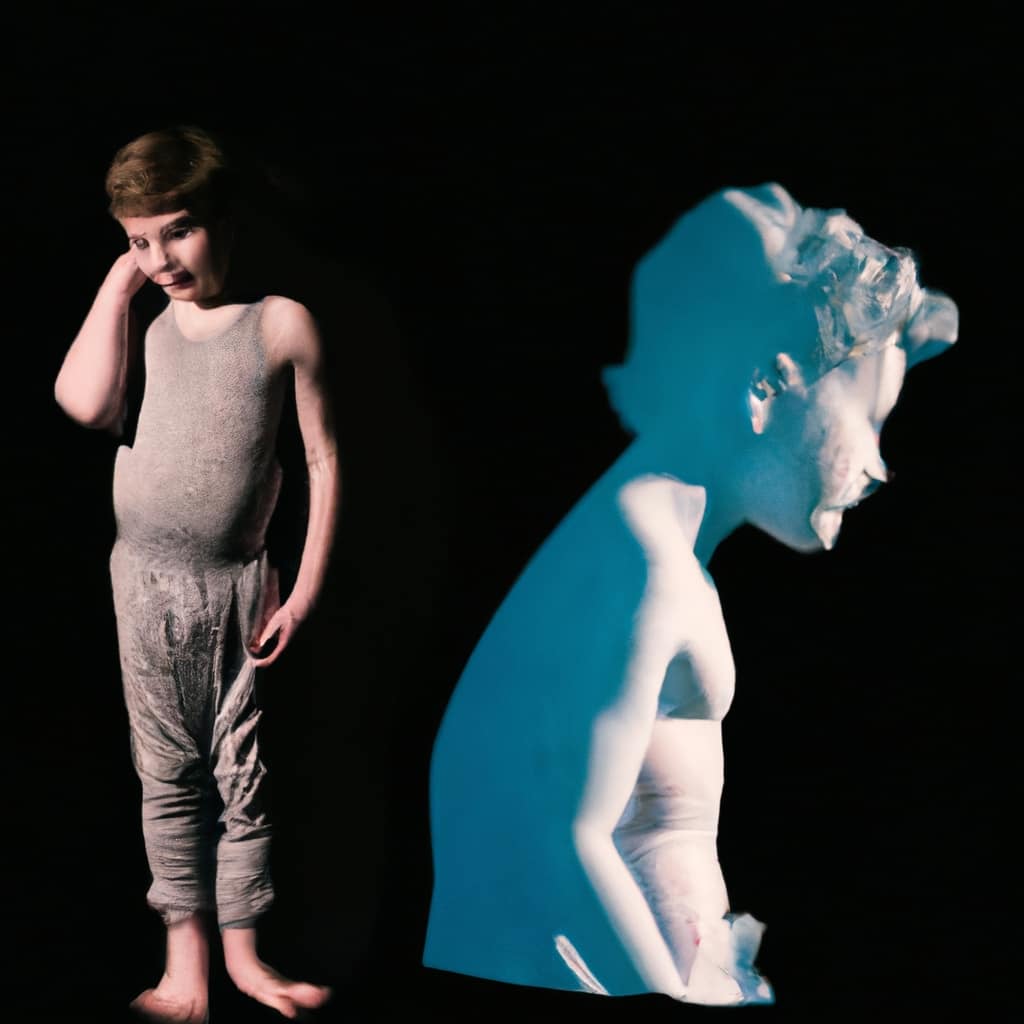
Additionally, involve your child in the decision-making process to foster their independence and encourage their engagement with the learning resources.
Frequently Asked Questions
What Are the Specific Age Ranges That Melissa & Doug’s Learning Toys Cater To?
Melissa & Doug’s learning toys cater to specific age ranges, offering advantages for each group. The toys are designed to promote cognitive development, fine motor skills, and creative thinking in toddlers, preschoolers, and elementary school children.
Are Plantoys’ Learning Toys Made From Sustainable Materials?
Yes, PlanToys’ learning toys are made from sustainable materials. Using eco-friendly materials in children’s toys not only benefits the environment but also teaches kids about sustainability and responsible consumption.
Does Hape Offer Any Educational Resources or Guides to Accompany Their Learning Toys?
Incorporating educational resources with learning toys has several benefits. Parents can utilize educational guides to enhance their child’s learning experience with Hape toys by providing additional information, activities, and guidance for interactive and educational play.
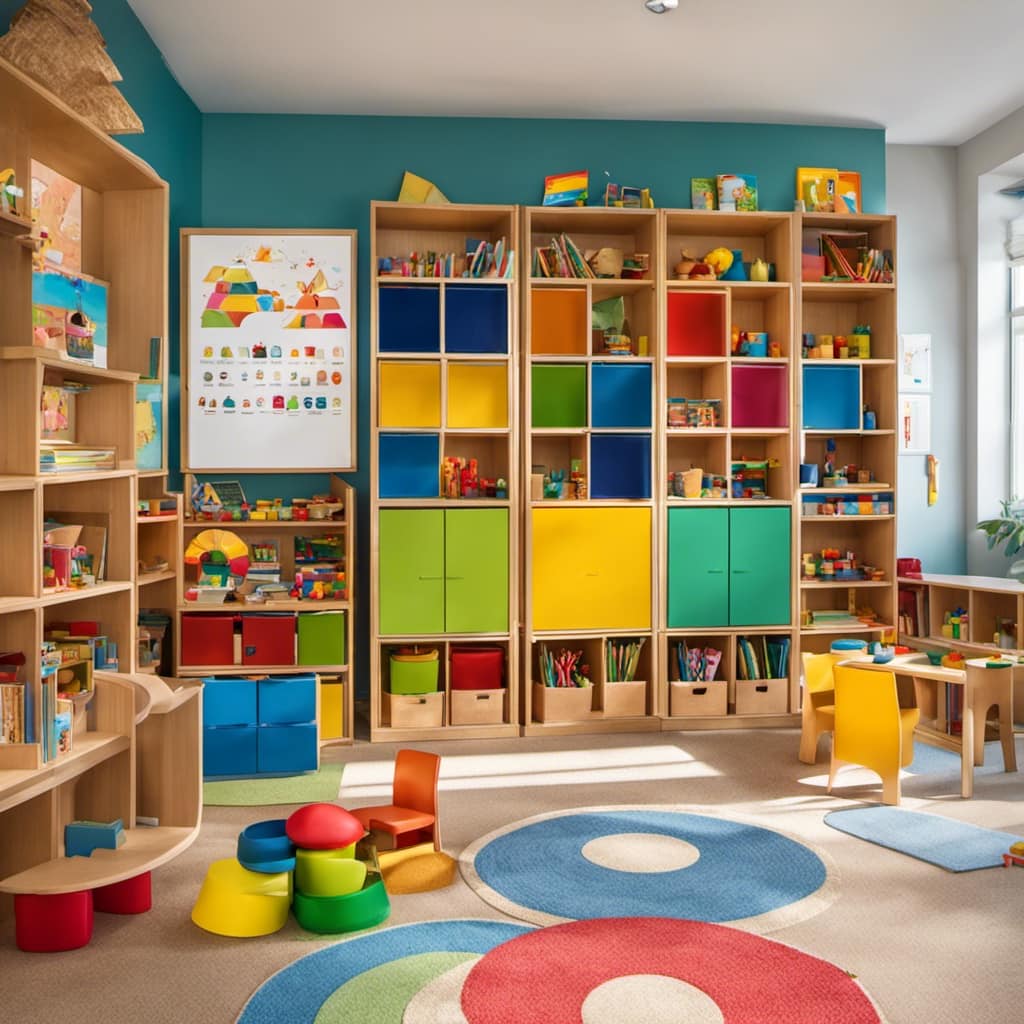
Are Grimm’s Learning Toys Suitable for Children With Special Needs?
Grimm’s learning toys for children with sensory needs can be adapted to suit different abilities. We can explore ways to modify the toys to provide a stimulating and inclusive learning experience for all children.
Can Learning Resources’ Learning Toys Be Used for Homeschooling Purposes?
Using learning toys for homeschooling has both pros and cons. They can enhance educational development by promoting active learning, but may also limit social interaction. Consider the impact on your child’s overall learning experience.
Conclusion
In conclusion, when it comes to quality producers of learning toys, Melissa & Doug, PlanToys, Hape, Grimm’s, and Learning Resources stand out for their commitment to creating educational and engaging products.
These brands offer a wide range of toys that promote cognitive development, creativity, and problem-solving skills in children. With their attention to detail, use of sustainable materials, and innovative designs, these companies have earned their reputation as leaders in the industry.
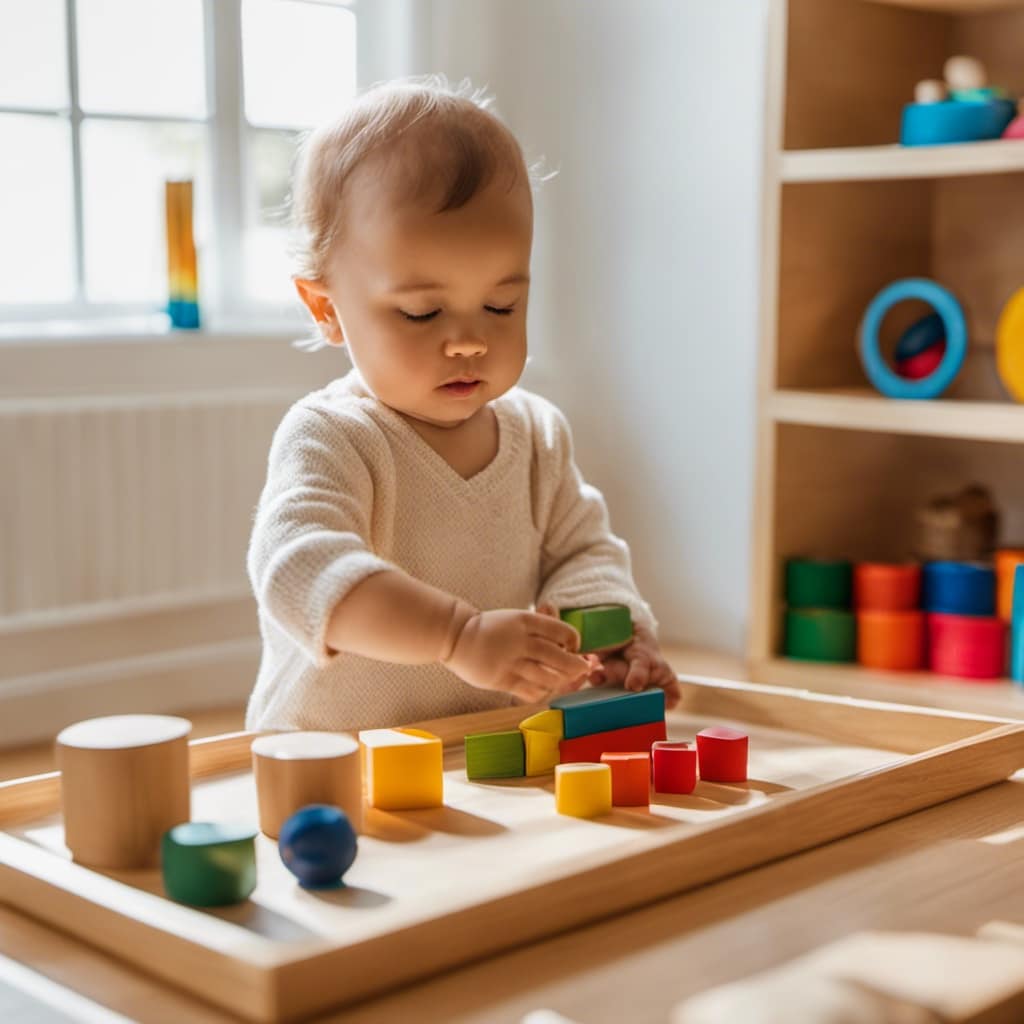
By investing in toys from these producers, parents can ensure that their children receive the best tools for learning and growth.
Mila, a gifted writer with a heart brimming with enthusiasm for child development and playful learning, is the creative force behind the enchanting narratives and insightful articles that grace Toddler Ride On Toys. With a background in early childhood education and a genuine passion for nurturing young minds, Mila weaves words that captivate, educate, and inspire parents, caregivers, and educators.
Montessori Toys
5 Best Economical Options for Kids’ Montessori Toys
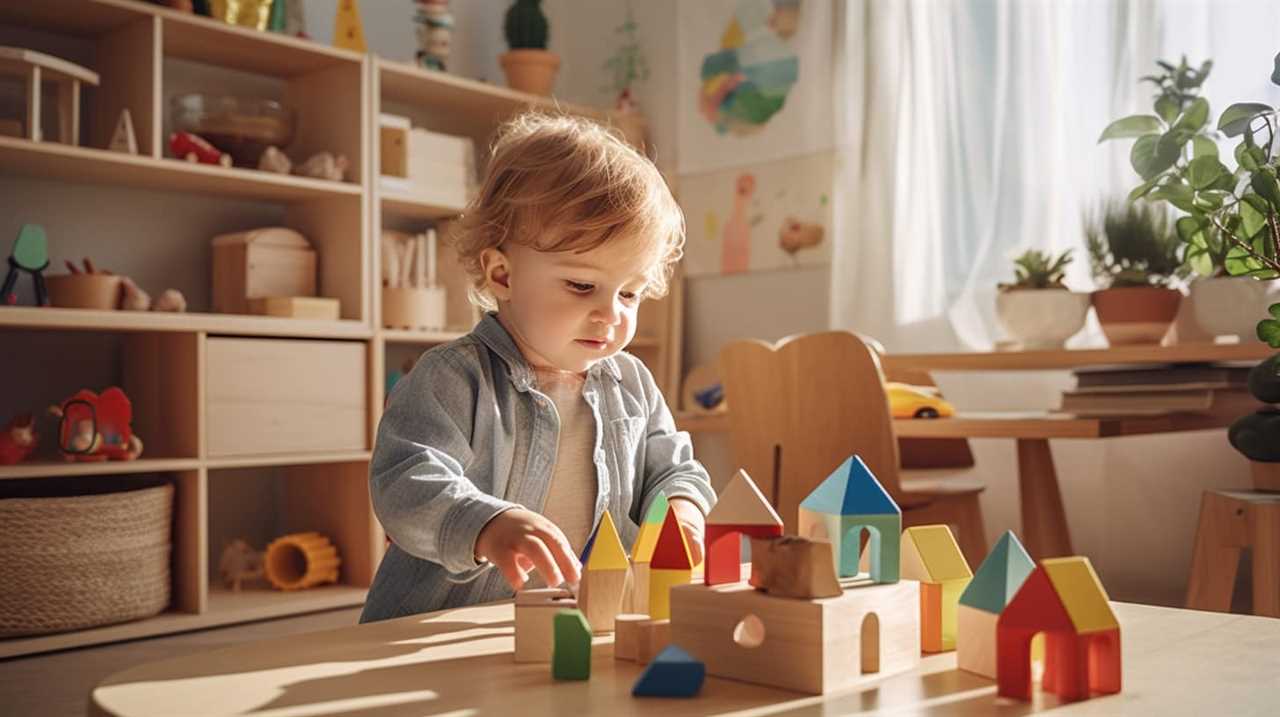
Finding affordable Montessori toys for kids can be a challenge. But fret not! We have put together a list of the top budget-friendly options just for you.
With our expert knowledge and research, we’ve found the top brands that won’t break the bank. Get ready to provide quality educational toys for your little ones without draining your wallet.
Let’s dive in and explore the five best economical options for kids’ Montessori toys.
Key Takeaways
- Materials used in construction, complexity of design, brand reputation, and quality and durability of materials are factors that affect Montessori toy costs.
- Lovevery, Hape, Melissa & Doug, and PlanToys are top affordable Montessori toy brands known for their quality and child-friendly designs.
- To find budget-friendly Montessori toys, consider open-ended toys, DIY options, budget-friendly subscription services, sales and discounts, and second-hand options from online marketplaces and thrift stores.
- Cost-effective DIY Montessori toy ideas include repurposing household items, finding items at thrift stores, DIY projects, and using nature-inspired toys and everyday household objects.
Factors Affecting Montessori Toy Costs
Factors that impact Montessori toy costs include materials, complexity, and brand reputation.
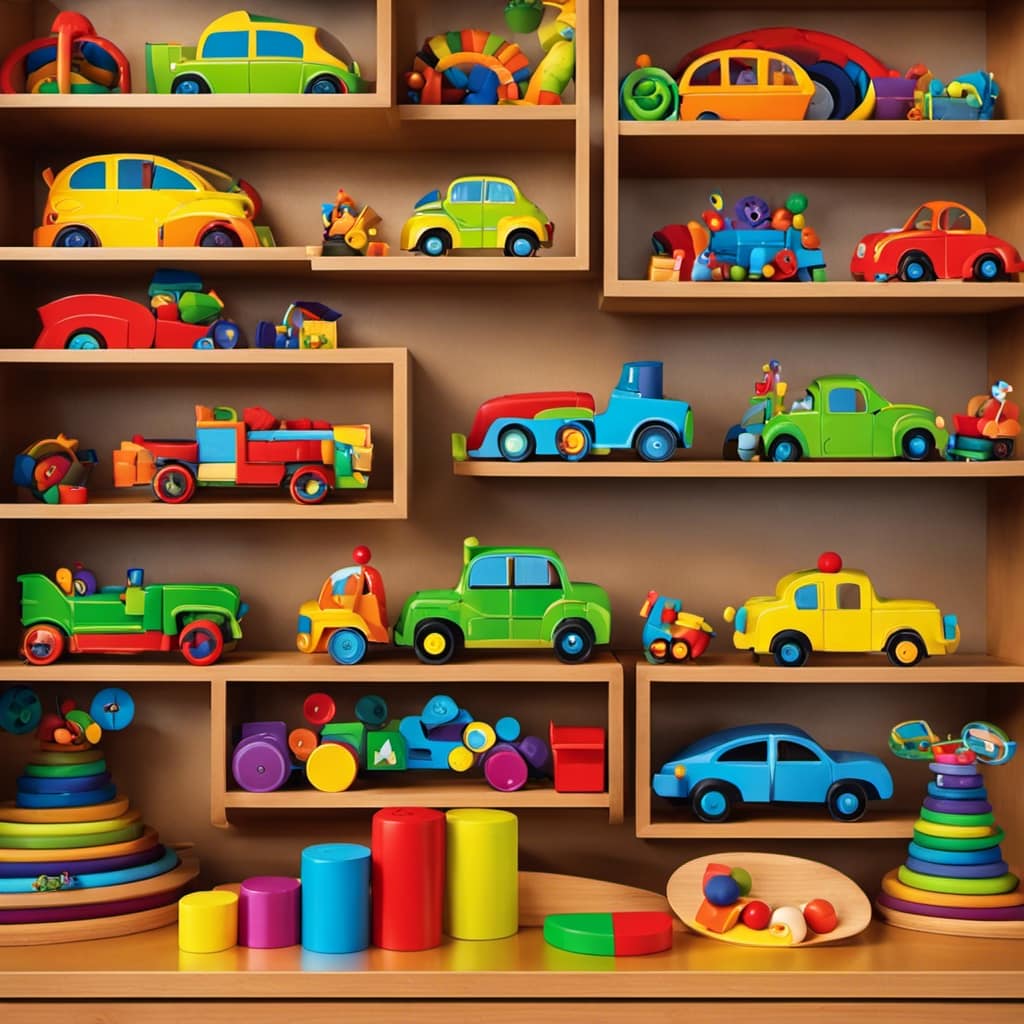
The quality of materials used in the construction of Montessori toys plays a significant role in determining their cost. High-quality materials, such as sustainably sourced wood or natural fabrics, tend to be more expensive, but they also ensure durability and safety for your child. On the other hand, cheaper materials may compromise the toy’s quality and longevity.
Brand reputation also influences Montessori toy prices. Well-established brands with a proven track record of producing high-quality educational toys are likely to charge more for their products. This is because they’ve invested in research and development, ensuring that their toys meet the educational standards of the Montessori method. However, there are also smaller, independent brands that offer affordable options without compromising on quality.
Understanding the impact of material quality and brand reputation on Montessori toy costs can help you make informed decisions when selecting toys for your child. By considering these factors, you can strike a balance between affordability and quality, ensuring that your child receives the best educational experience without breaking the bank.
Top Affordable Montessori Toy Brands
One of our favorite affordable Montessori toy brands is Lovevery. Lovevery offers Montessori inspired toy subscription services that deliver age-appropriate toys right to your doorstep. Their toys are designed to stimulate learning and promote development in children from birth to age four. Lovevery toys are crafted with high-quality materials and are designed to be durable, ensuring they can withstand the active play of young children.
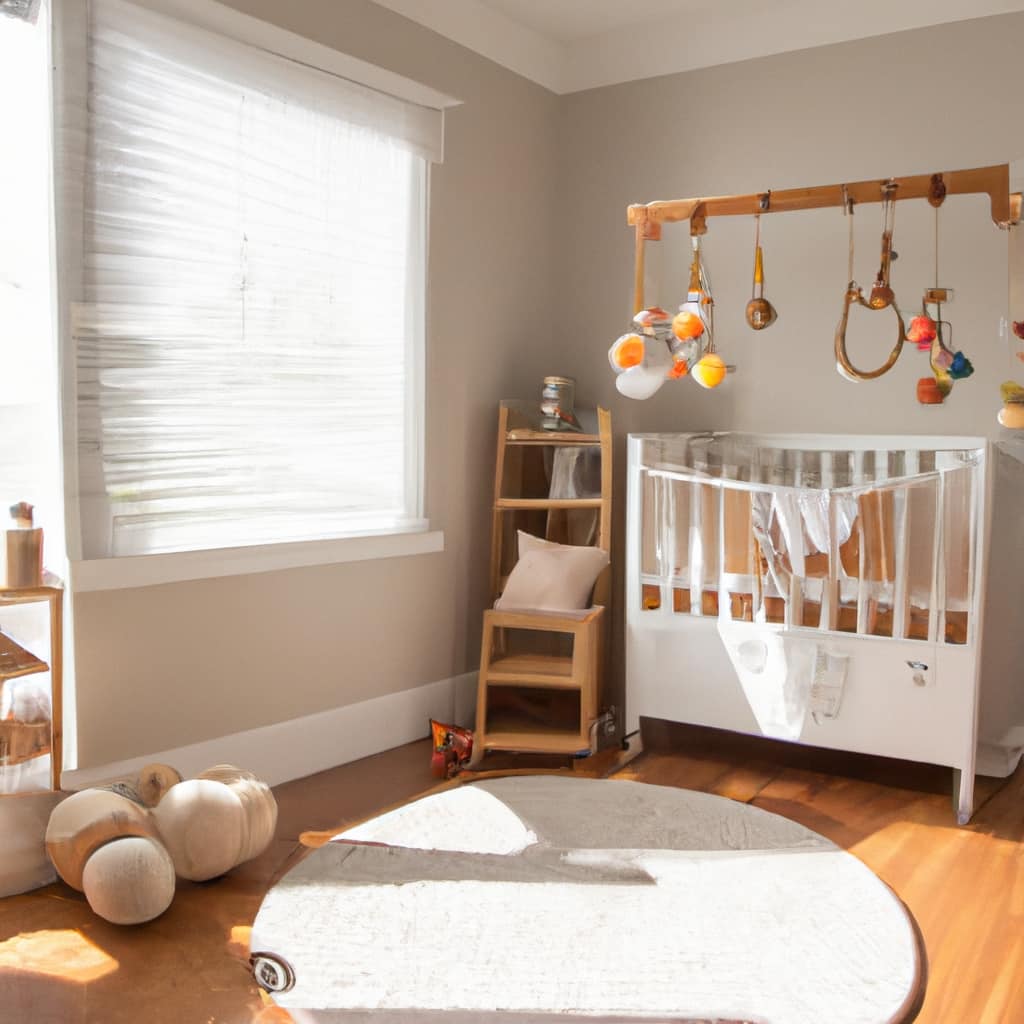
Another great option for affordable Montessori toys is to explore second-hand options. Websites such as eBay, Craigslist, and local buy/sell groups often have listings for gently used Montessori toys at a fraction of the original price. By opting for second-hand Montessori toys, you not only save money but also contribute to a sustainable and eco-friendly approach to toy shopping.
Budget-Friendly Montessori Toy Recommendations
After exploring affordable Montessori toy brands such as Lovevery and considering second-hand options, we can now discuss some budget-friendly recommendations for Montessori toys.
When it comes to affordable Montessori toy alternatives, there are a few options to consider. Firstly, you can opt for open-ended toys that can be used in multiple ways, such as wooden blocks or stacking rings. These toys promote creativity and problem-solving skills while being cost-effective.
Another budget-friendly option is to DIY Montessori-inspired toys using materials you already have at home. Repurposing everyday objects like empty containers or fabric scraps can make for engaging and educational toys.
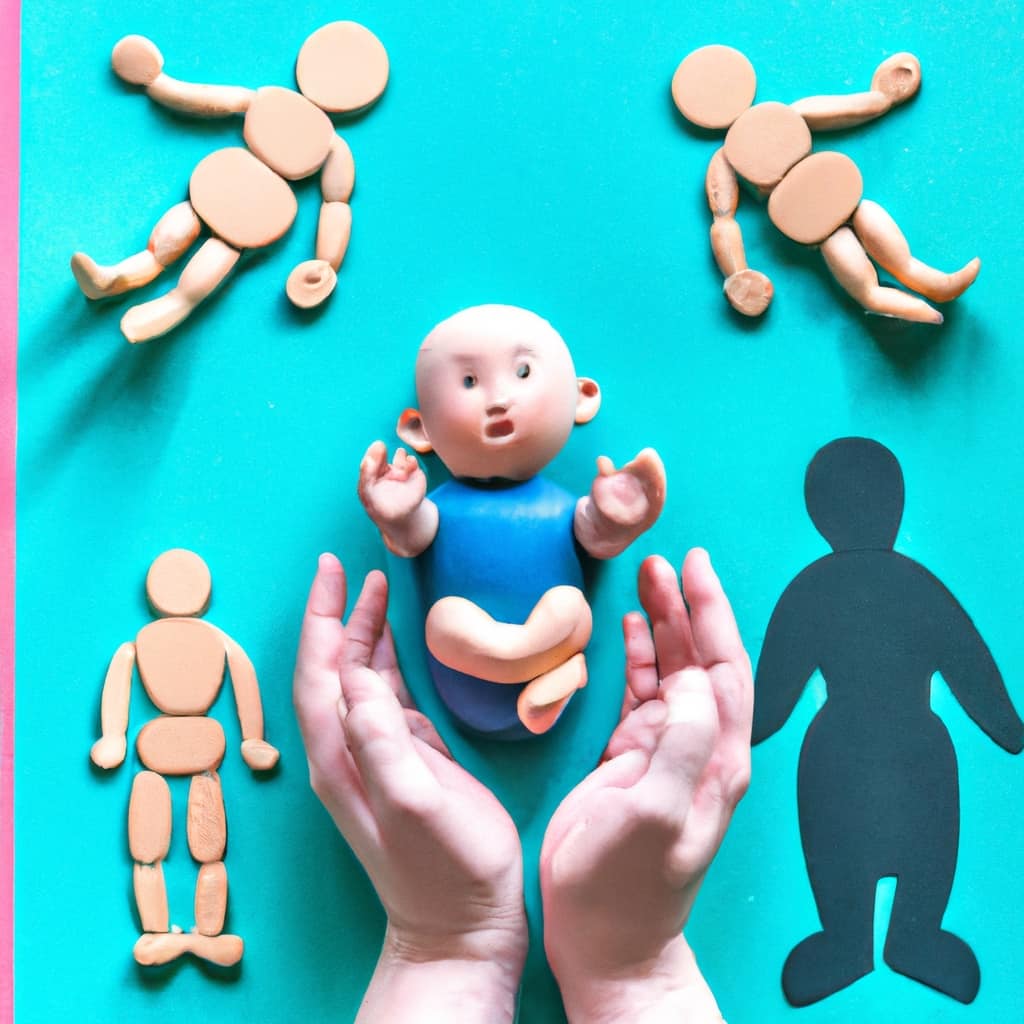
Additionally, some companies offer budget-friendly Montessori toy subscription services, which provide a variety of age-appropriate toys each month at a lower cost than purchasing individual toys. These subscription services allow your child to experience a range of Montessori-inspired activities without breaking the bank.
Tips for Finding Affordable Montessori Toys
To maximize our budget and find affordable Montessori toys, we can utilize effective strategies for sourcing cost-effective options. Here are three tips for finding affordable Montessori toys:
-
Secondhand Montessori toys: Consider purchasing gently used Montessori toys from online marketplaces, local thrift stores, or through local parent groups. Many families sell or donate their gently used toys, allowing you to save money while still providing your child with quality Montessori materials.
-
Sales and discounts on Montessori toys: Keep an eye out for sales and discounts on Montessori toys from various retailers. Sign up for newsletters or follow social media accounts of Montessori toy brands to stay updated on any promotions or special offers. This way, you can snag some great deals and save money on your purchases.
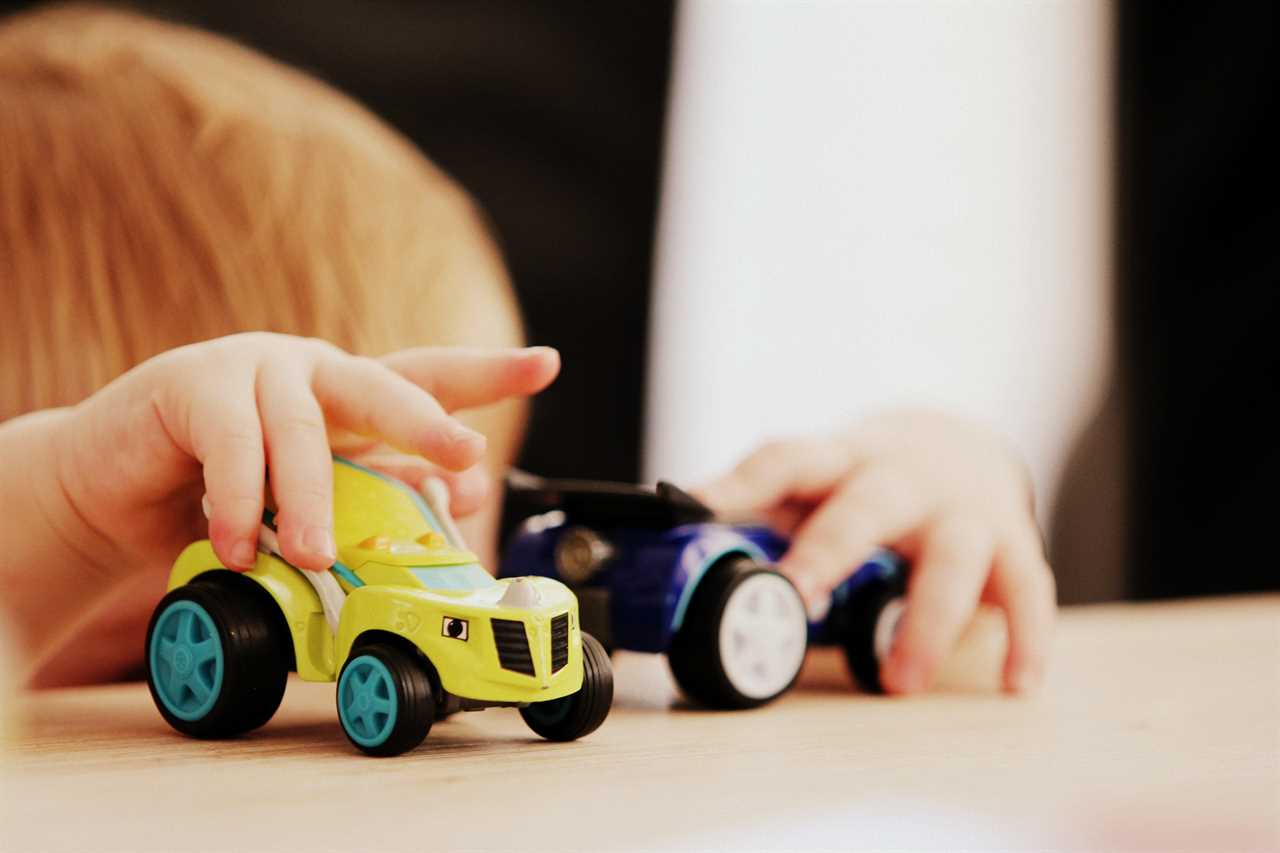
-
DIY Montessori toys: Get creative and make your own Montessori toys using materials you already have at home. There are plenty of DIY Montessori toy ideas available online that are budget-friendly and can be customized to suit your child’s interests and developmental needs.
Cost-Effective DIY Montessori Toy Ideas
Let’s explore some cost-effective DIY Montessori toy ideas that you can easily create at home.
One great option is to upcycle everyday items into Montessori toys. For example, you can turn old cardboard boxes into shape sorters or sensory bins by cutting out different holes and adding various textures.
Another idea is to repurpose empty containers and fill them with different objects, such as dried beans or buttons, for a DIY sound matching game.
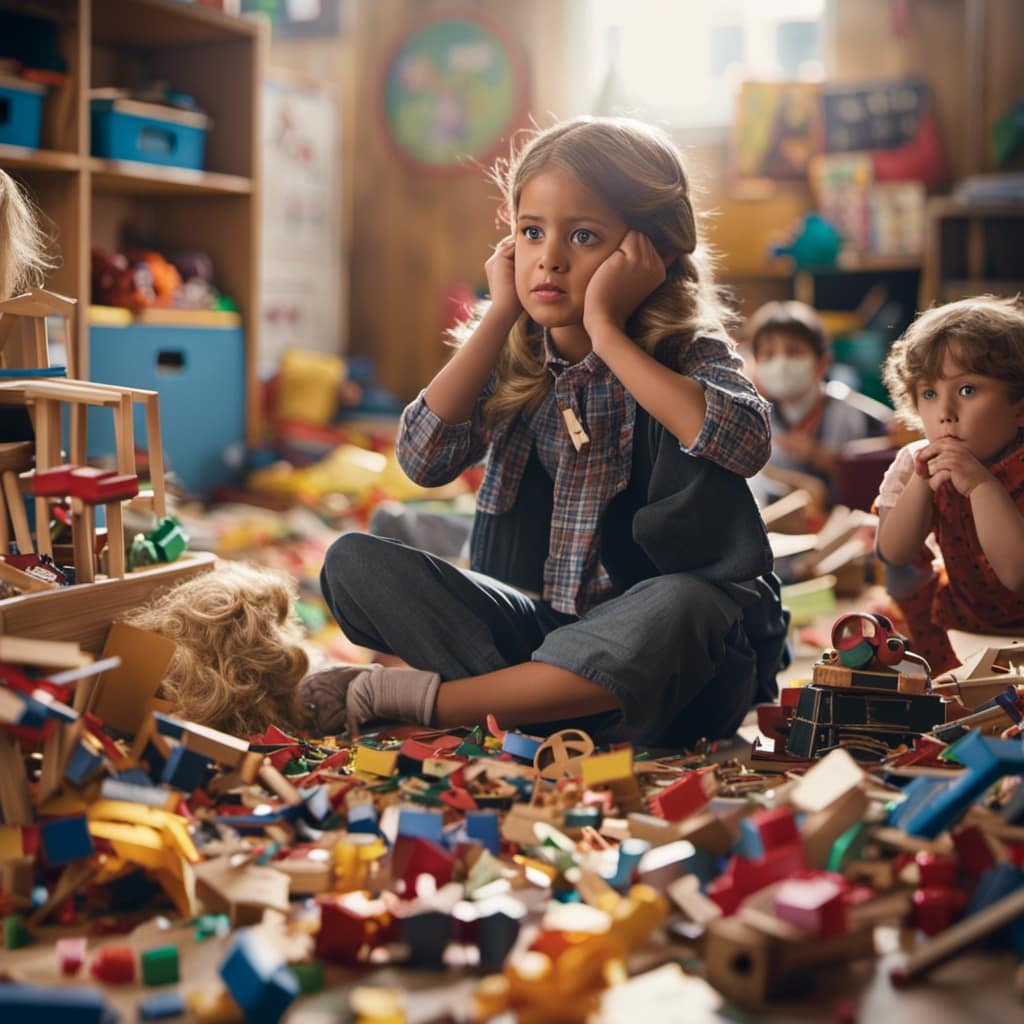
Thrift stores are also a great resource for finding affordable Montessori toys. Look for items like wooden puzzles, stacking toys, or small containers that can be used for sorting activities. With a little creativity and some paint, you can easily transform these thrift store finds into Montessori-inspired toys.
By using upcycled materials and shopping at thrift stores, you can create a variety of Montessori toys without breaking the bank. These DIY projects not only save you money but also promote sustainability and encourage resourcefulness.
Frequently Asked Questions
Are Montessori Toys Only Suitable for Young Children or Can Older Kids Benefit From Them as Well?
Montessori toys are not limited to young children; older kids can also benefit from them. Montessori toys offer unique benefits such as promoting independence and critical thinking, which traditional toys may not provide.
How Long Do Montessori Toys Typically Last Before Needing to Be Replaced?
Montessori toys can last a long time, but their lifespan depends on various factors like quality, materials, and how they are used. It’s important to choose durable toys that can withstand repeated play.
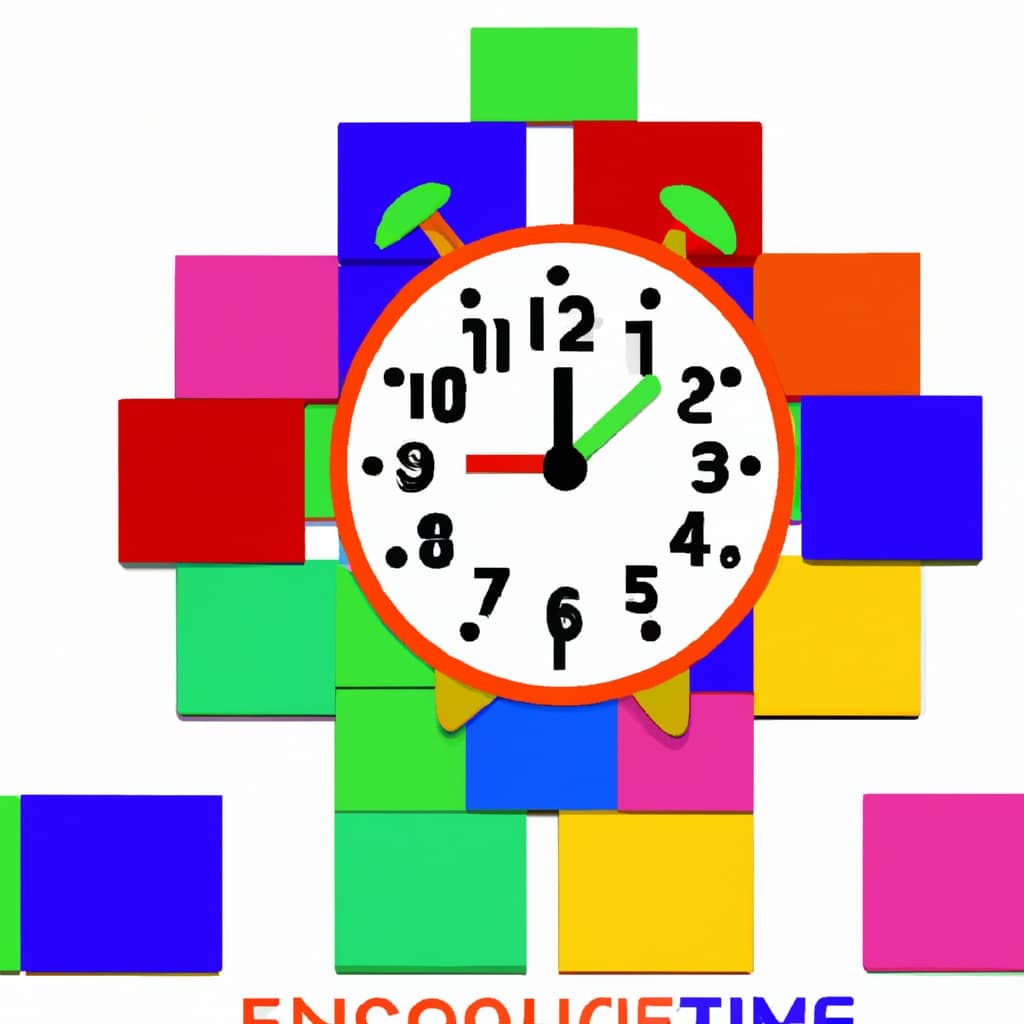
Can Montessori Toys Be Used in a Traditional Classroom Setting or Are They Only for Home Use?
Montessori toys can be used in a traditional classroom setting, not just at home. They offer numerous benefits for older kids, such as fostering independence, promoting problem-solving skills, and encouraging hands-on learning.
Are There Any Safety Concerns to Consider When Using Montessori Toys?
When it comes to Montessori toys, safety concerns are important to consider. However, the benefits for older kids are worth it. Let’s explore how to ensure a safe and enriching play environment.
What Are Some Alternatives to Montessori Toys That Offer Similar Educational Benefits at a Lower Cost?
Looking for budget-friendly alternatives for Montessori toys? Consider DIY Montessori-inspired toys. They offer similar educational benefits at a lower cost. Get creative and engage your little ones in cost-conscious educational play!
Conclusion
In conclusion, finding affordable Montessori toys doesn’t have to be a daunting task. By considering factors that affect costs, exploring budget-friendly brands, and utilizing cost-effective DIY ideas, parents can provide their children with enriching educational toys without breaking the bank.
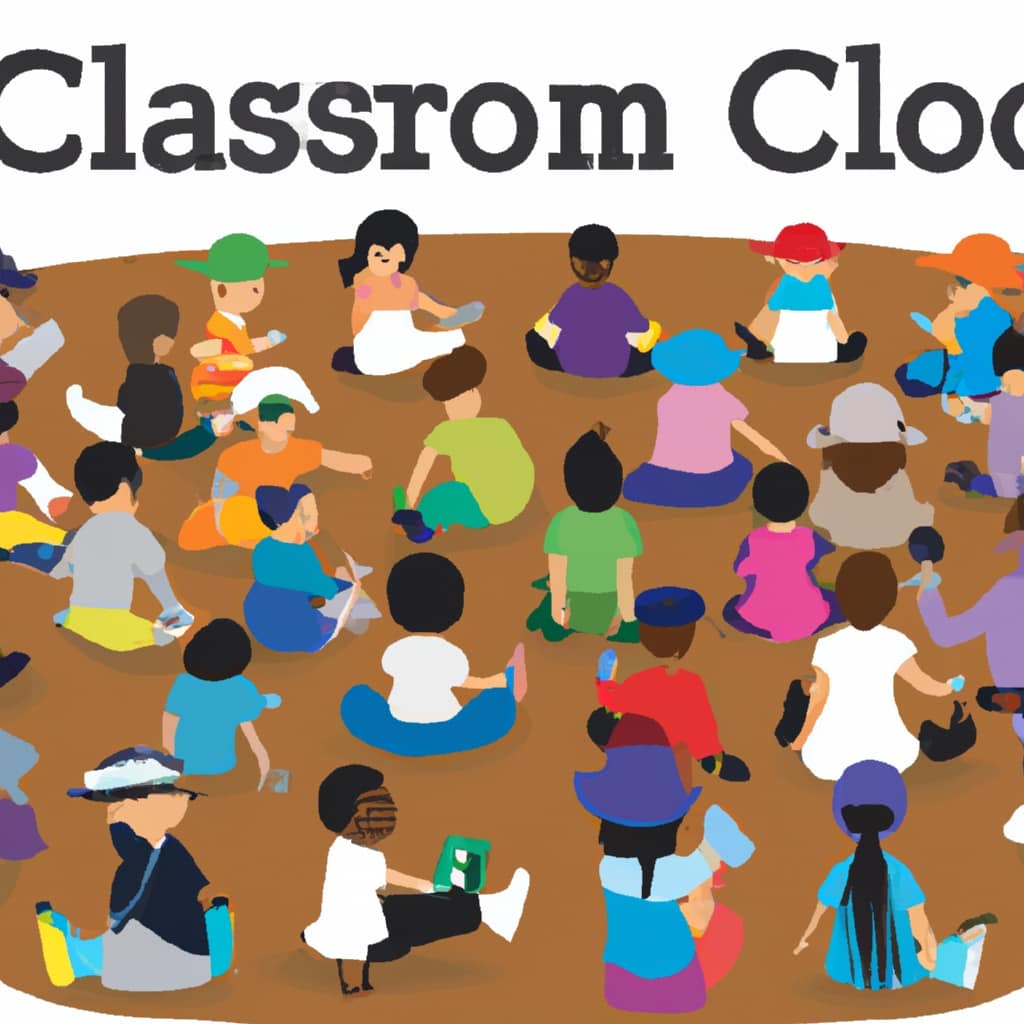
Remember, with a little creativity and resourcefulness, it’s possible to find the perfect Montessori toys that are both economical and engaging. So start your search today and watch your child’s learning journey flourish!
Mila, a gifted writer with a heart brimming with enthusiasm for child development and playful learning, is the creative force behind the enchanting narratives and insightful articles that grace Toddler Ride On Toys. With a background in early childhood education and a genuine passion for nurturing young minds, Mila weaves words that captivate, educate, and inspire parents, caregivers, and educators.
-

 Child Development3 months ago
Child Development3 months agoWhat Is a Theory in Child Development
-

 Child Development3 months ago
Child Development3 months agoThe Science Behind How Parents Affect Child Development
-

 Child Development3 months ago
Child Development3 months agoWhat Do You Do in Child Development Class in High School
-

 Child Development3 months ago
Child Development3 months agoHow Parenting Styles Affect Child Development
-

 Child Development3 months ago
Child Development3 months agoWhat Is Child Development?
-

 Child Development3 months ago
Child Development3 months agoHow Does Piaget’s Theory Impact Child Development
-

 Preschool Toys6 months ago
Preschool Toys6 months agoTop 8 Interactive Role-Play Toys for Preschoolers Reviewed
-

 Child Development3 months ago
Child Development3 months agoHow Does Food Insecurity Affect Child Development











